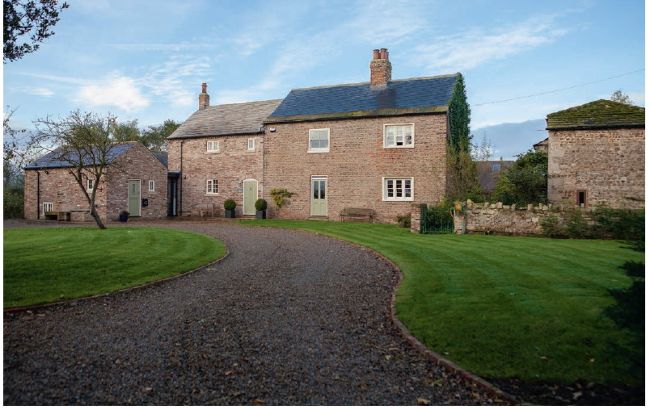Applying for listed building consent
If you’re considering a project that involves making alterations to a listed building or its curtilage, you’ll usually need to apply for specific consent for the works. Alan Tierney reveals how you can win approval

Whilst the Edmonsons’ home wasn’t listed, the barn next door was – so when they set about creating a light-filled kitchen extension
DAVE BURTON
We’re lucky in the UK to be blessed with some of the world’s most impressive architecture – and our heritage housing stock is a big part of that. The best examples, those considered to be of special architectural or historic interest, are protected under a listing regime, which is split into three categories:
• Grade I – buildings of exceptional interest (2.5% of listed structures)
• Grade II* – examples of more than special interest (5.5%)
• Grade II – properties of special interest (92%)
This is a devolved matter so the law in Scotland, though similar in principle, varies in detail (grades of listing are A, B and C). In Wales it is currently the same as in England but a review is underway that will lead to significant changes in the future. There are thought to be approximately 500,000 listed buildings in England. We don’t know the exact number, because one listing can cover anything from a boot-scraper through to an entire row of terraced houses.
Why are buildings listed?
As a rule, the older a property is, the more likely it is to be listed. All surviving structures built before 1700 that are in anything like their original condition should be listed, as are most of those built between 1700 and 1840. Only the most remarkable modern examples are listed.
The practice started after the Second World War in response to the large number of important buildings lost during this period. The system of protection that has grown out of that initial objective is now governed by the Planning (Listed Buildings and Conservation Areas) Act 1990, with some minor recent additions.